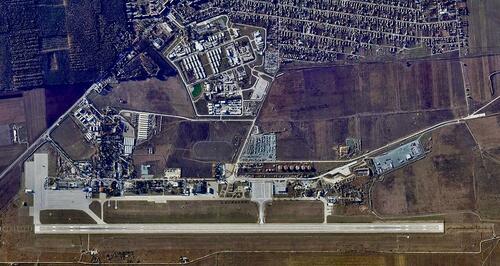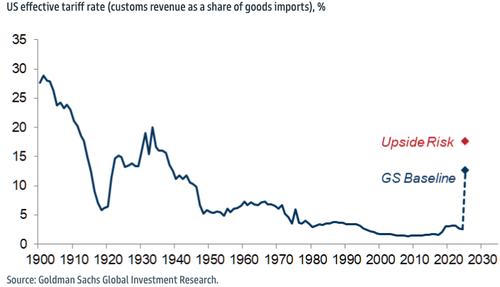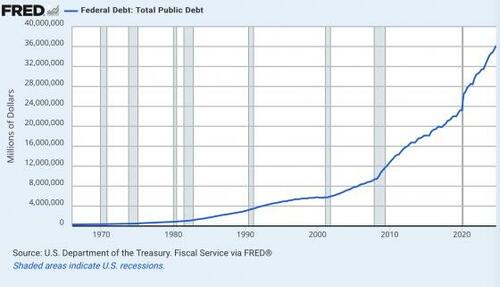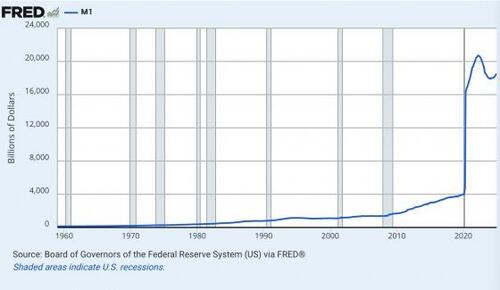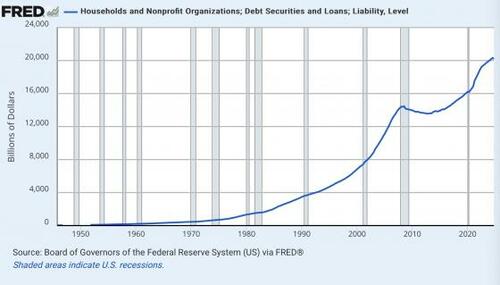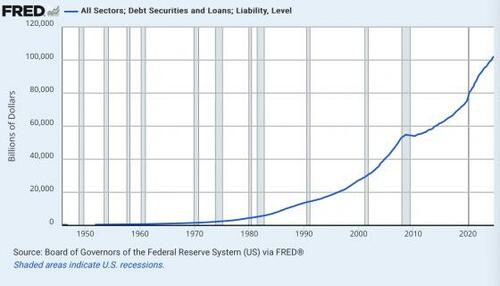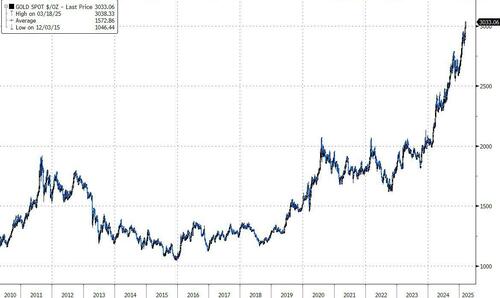UAE Lobbying Trump White House To Reject Arab League Gaza Plan
The UAE is lobbying the Trump administration to torpedo a post-war plan for the Gaza Strip that Egypt drafted and which has been endorsed by the Arab League, US and Egyptian officials told Middle East Eye.
The split is becoming increasingly bitter, with US diplomats concerned that it is harming US interests in the region. It reflects growing Arab competition over who calls the shots in the Gaza Strip’s future governance and reconstruction, as well as different opinions over how much influence Hamas should retain there.
The Emirati pressure poses a dilemma for Cairo because both the UAE and Egypt broadly back the same Palestinian powerbroker for Gaza, Mohammed Dahlan, an exiled former Fatah official. “The UAE could not be the lone state opposing the Arab League plan when it was agreed, but they are trashing it with the Trump administration,” the US official told MEE.

The UAE is flexing its unparalleled access to the White House to criticize the plan as unworkable and accuse Cairo of giving too much influence to Hamas.
The UAE’s powerful ambassador to the US, Yousef al-Otaiba, has been lobbying US President Donald Trump’s inner circle and US lawmakers to put pressure on Egypt to accept forcibly displaced Palestinians, one US official and one Egyptian briefed on the matter told MEE.
Otaiba was previously on record saying that he did not see “an alternative” to Trump’s call earlier this year for Palestinians to be forcibly displaced outside of the Gaza Strip. MEE contacted the UAE embassy in Washington, DC for comment but did not receive a reply.
Hamas is an offshoot of the Egypt-founded Muslim Brotherhood, which the UAE has tried to stamp out across the Middle East. Egypt’s military-led government has also crushed the Muslim Brotherhood, but it allows Hamas officials some freedom of movement. Egyptian spymasters have long-standing relations with Hamas members, including the Qassam brigades, which Egypt has used to mediate the ceasefires in Gaza.
UAE angered by US-Hamas talks
Egypt’s Gaza plan has been criticized by the UAE for not spelling out specifically how to disarm and remove Hamas from the Gaza Strip.
Egyptian officials say the plan is clear that governance will be handled by the Palestinian Authority. The plan calls for a security force in Gaza trained by Jordan and Egypt and leaves open the possibility for UN peacekeepers to be deployed in Gaza and the occupied West Bank. Hamas said it accepts the plan, but Israel is against internationalising the conflict in such a way, regional diplomats say.
The US brokered a ceasefire to the war in Gaza in January, but it has effectively collapsed, with the besieged enclave on the verge of a return to war. Israel has cut off electricity to the enclave. Over the weekend, it launched deadly strikes that killed at least 15 people, Palestinian health officials said.
The US has floated a plan for Hamas to release the 27 living captives left in the Gaza Strip in exchange for an extension of a temporary truce. Hamas has insisted on a permanent end to the war, as stipulated in the January ceasefire agreement.
The Trump administration has said it backs Israel returning to war in the Gaza Strip. American diplomacy was jolted after Trump’s former nominee for hostage affairs, Adam Boehler, met directly with Hamas recently in Doha, Qatar.
The White House said Boehler met with Hamas to negotiate the release of one remaining American captive, but the envoy said publicly he discussed a five-year to ten-year truce with Hamas that would have seen the group disavow politics, and the US and its Arab allies ensure the demilitarisation of Gaza.
Those remarks, and Boehler’s statement to CNN that he would not rule out further meetings with Hamas, sparked backlash from the Israeli government and pro-Israel US lawmakers. On Friday, Boehler was withdrawn as the nominee for hostage affairs.The meeting also riled the UAE, the Egyptian and US officials told MEE.
Trump’s top advisors have been ambivalent about the Arab League’s post-war Gaza plan. While travelling in the region in March, Trump’s envoy to the Middle East, Steve Witkoff, did not endorse the plan but called it the “basis for the reconstruction efforts”.
US reassessing military aid to Egypt
Some US and Egyptian officials believe the Emirati campaign has already impacted US-Egyptian bilateral relations, with the US warning Egypt that it will cut military aid in 2026, an Egyptian official and one US official told MEE.
The American warnings that the White House planned to cut military assistance to Egypt were first reported by London-based news outlet Al-Araby Al-Jadeed last week. The US official told MEE that Egypt has been informed that the US is reassessing its military aid but has not been directly told that a future reduction is a quid pro quo in exchange for Egypt accepting a forced displacement of Palestinians.
The Trump administration has been cutting foreign aid worldwide. Egypt and Israel both obtained waivers from the 90-day freeze on foreign American assistance. Other Arab countries, like Lebanon, have also received carve-outs in recent weeks.
The Trump administration followed through in March on the former Biden administration’s plan to divert $95m in aid earmarked for Egypt’s military to the Lebanese Armed Forces.
A delegation of former senior Egyptian officials visited Washington last month to meet policymakers and think tanks in a bid to shore up Egypt’s position with the Trump administration. In their public discussions, they did not acknowledge the US warnings, an Egyptian briefed on the matter told MEE.
Egyptian officials have told their US counterparts that it is in Israel’s and Egypt’s interest to maintain US aid, the US and Egyptian officials told MEE. Egyptian officials have told the US that the aid is a cornerstone of the Camp David Accords, which led to a 1979 peace treaty between the two neighbours. But suspicion is deepening among Egypt’s elite.
The military establishment is already seething with resentment at the US for accusing it of failing to police the Rafah border crossing with Gaza. Republican Senator Jim Risch, the chairman of the Senate Foreign Relations Committee, accused Egypt of “blunting” Israel’s fight with Hamas in a previous interview with MEE.
Egypt receives $1.3bn in military aid each year. The US already conditions $300m in aid to human rights matters. The US’s leverage over Egypt has diminished since the Israel peace treaty. In 1978, US aid stood at six percent of Egypt’s GDP. Today, that number is less than half a percent, and it is not clear that the Trump administration views aid as an asset worth preserving.
US officials have told the White House that reducing aid would prompt Egypt to turn to Russia or China for military equipment, but Trump is re-ordering US ties to Russia.
“Israeli media reported that the decision to resume heavy strikes against Gaza was made a week ago and was not in response to any imminent threat posed by Hamas.” https://t.co/WGvbRhh0o1
— WikiLeaks (@wikileaks) March 18, 2025
Egypt receives aid through foreign military financing, which means the US purchases military equipment for Egypt from American defence contractors, whereas oil-rich Gulf states mainly buy American weaponry with their sovereign funds through foreign military sales.
Frenemies: UAE and Egypt
One of the complicating factors in the dispute is that both Egypt and the UAE look to Dahlan as a power broker in post-war Gaza. When the Egyptian-drafted plan was endorsed by the Arab League, Palestinian President Mahmoud Abbas pardoned exiled former Fatah officials.
That was widely seen as a nod to Dahlan, who was Fatah’s enforcer in Gaza before Hamas won Palestinian legislative elections in 2006. Dahlan relocated to the UAE after falling out with Abbas in the occupied West Bank.
MEE reported that the UAE is pushing for Dahlan to oversee a committee governing Gaza and later replace octogenarian Abbas as president. MEE contacted Dahlan for comment on this article.
Sisi enjoys close ties to Dahlan. The UAE is a key backer of Sisi’s cash-strapped government. In 2024, it agreed to a $35bn investment in Egypt’s Mediterranean coast. But the UAE and Egypt are backing opposing sides in a brutal civil war in Sudan.
Further complicating matters, The Financial Times reported that the Trump administration is continuing to push for Sudan and the unrecognized government of Somaliland to accept forcibly displaced Palestinians.
The Trump administration’s expected nominee for Africa Affairs at the State Department, Peter Pham, is a vocal supporter of the UAE and Somaliland’s independence. The UAE is the main powerbroker in Somaliland, where it trains security forces and controls the main port through its state-owned company, DP World.
The Trump administration’s cold shoulder to Egypt’s Gaza plan has riled career officials in the US State Department, who have watched France, Germany, Italy, and Britain all endorse the framework.
American diplomats said the White House was brushing aside career officials’ warnings not to pressure Egypt to accept forcibly displaced Palestinians, MEE reported previously. Trump publicly walked back that demand after being dissuaded not by US officials but in a private discussion with Jordan’s King Abdullah II at the White House in February. The next month, Trump told reporters, “Nobody is expelling any Palestinians.”
Tyler Durden
Wed, 03/19/2025 – 03:30
via ZeroHedge News https://ift.tt/QOwkd2v Tyler Durden


